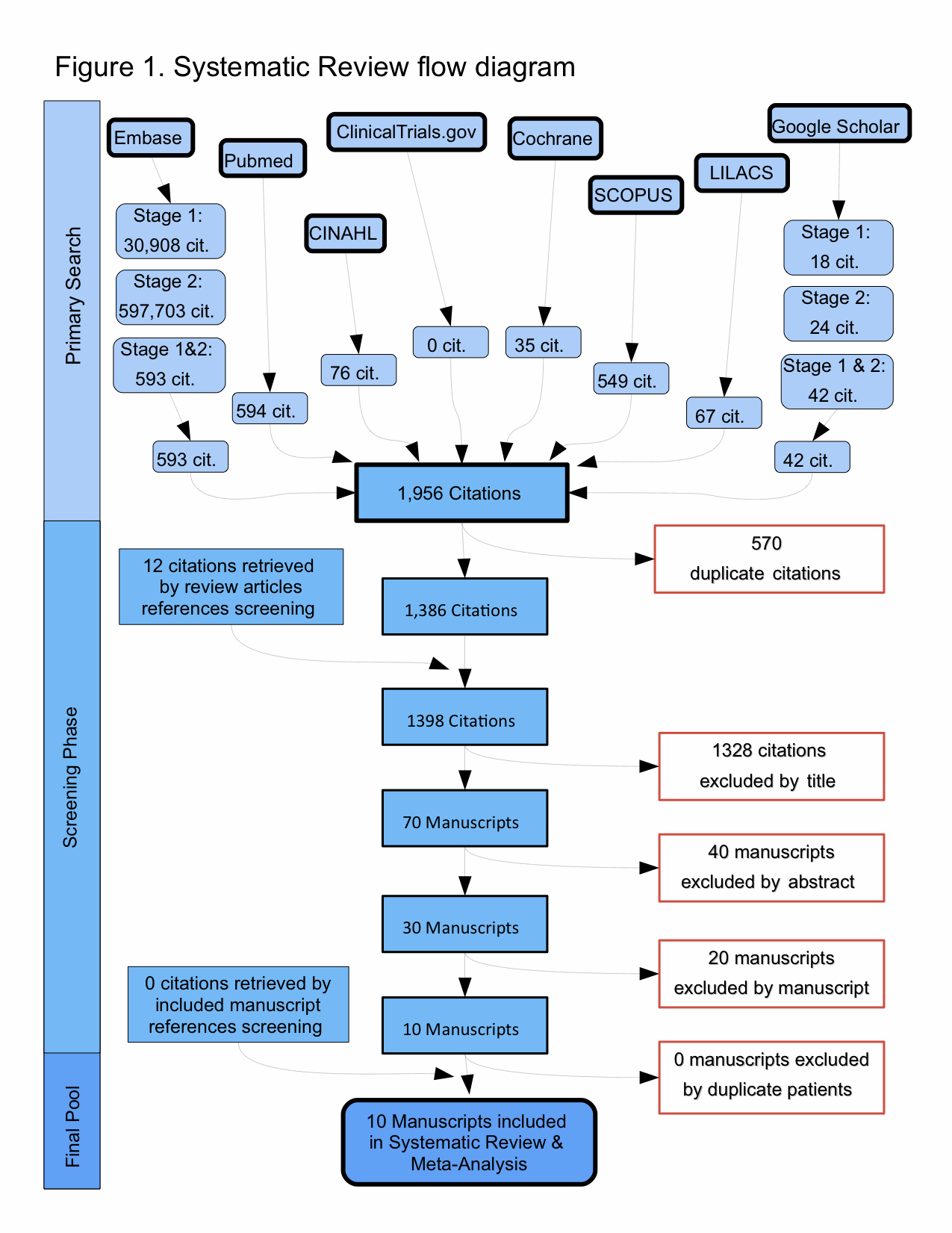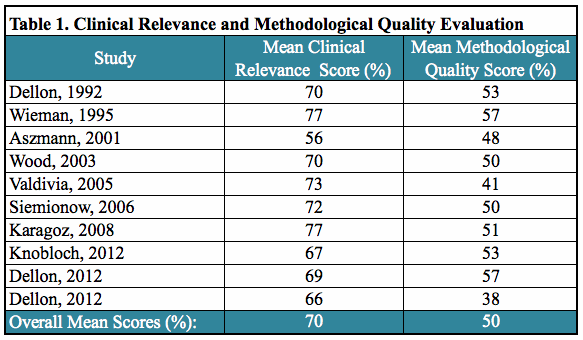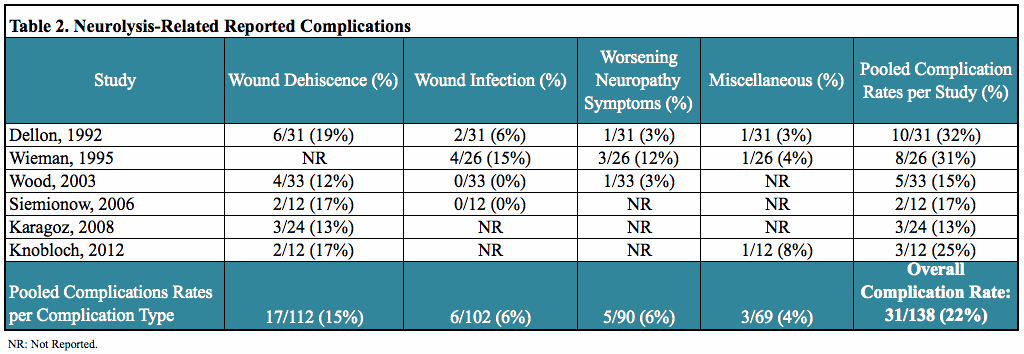Back to 2014 Annual Meeting Abstracts
The Effect of Neurolysis on Diabetic Patients with Compressed Nerves of the Lower Extremities: A Systematic Review and Meta-Analysis
Pablo A. Baltodano, MD1; Basak Basdag2, Christopher R. Bailey, BA3, Marcelo Lacayo, MD4, Anne Tong5, Stella Seal3, Mark M. Melendez, MD, MBA6, Li Xie5, Michele A. Manahan3 and Gedge D. Rosson, MD3
1Department of Plastic and Reconstructive Surgery, Johns Hopkins University, Baltimore, MD, 2Department of Plastic and Reconstructive Surgery, Johns Hopkins School of Medicine, Baltimore, MD, 3Plastic and Reconstructive Surgery, Johns Hopkins Hospital, Baltimore, MD, 4Plastic and Reconstructive Surgery, Johns Hopkins University, Baltimore, MD, 5Department of Plastic and Reconstructive Surgery, The Johns Hopkins Hospital, Baltimore, MD, 6Plastic and Reconstructive Surgery, The Johns Hopkins Hospital, Baltimore, MD
PURPOSE: Despite well-known benefits of upper extremity nerve decompression in diabetics, utility of neurolysis on diabetic patients with lower extremity (LE) nerve compression remains controversial. Thus we sought to systematically assess and present a meta-analysis of the effect of neurolysis on pain, sensibility and postoperative incidence of ulcerations/amputations on diabetic patients with compressed nerves of the LE. METHODS: A search of ClinicalTrials.gov and Cochrane clinical trials registries, CENTRAL (The Cochrane Library), MEDLINE, EMBASE, LILACS, CINAHL, SCOPUS and Google Scholar from 1962 to 2012, yielded 1956 citations. All the randomized or quasi-randomized controlled trials and observational cohort studies of diabetics with neurolysis of the common peroneal nerve, deep peroneal nerve or tibial nerve were systematically assessed (Figure 1). We included articles in any language that 1) provided information about diabetic patients who had neurolysis for symptomatic nerve compression diagnosed by (+) Tinel sign or electrodiagnostic study, and 2) quantified outcomes for pain, sensibility or ulcerations/amputations. Case reports, review articles, animal or cadaver studies, and studies with <10 patients were excluded. Analyzed outcomes included pain relief, recovery of sensibility, and postoperative incidence of ulcerations/amputations at follow up >3 months. Using validated instruments, four blinded reviewers scored the manuscripts for clinical relevance and methodologic quality. A meta-analysis of descriptive statistics was performed. RESULTS: Ten clinical series, with a mean clinical relevance score of 70% and a mean methodologic quality score of 50%, met inclusion criteria (Table 1). These studies included 875 patients and 1053 LEs. Pain relief >3 points on visual analog scale occurred in 91% of patients; sensibility improved in 69%. Postoperative ulceration/amputation incidence was significantly reduced compared to preoperative incidence (OR=0.066, 95% CI=0.026-0.164, p<0.0001). The overall complication rate was 22% (Table 2). CONCLUSION: Observational prospective and retrospective studies show that neurolysis significantly improves symptoms and natural history of diabetic patients with superimposed nerve compression of the LE. No randomized controlled trials have been published. 


Back to 2014 Annual Meeting Abstracts
